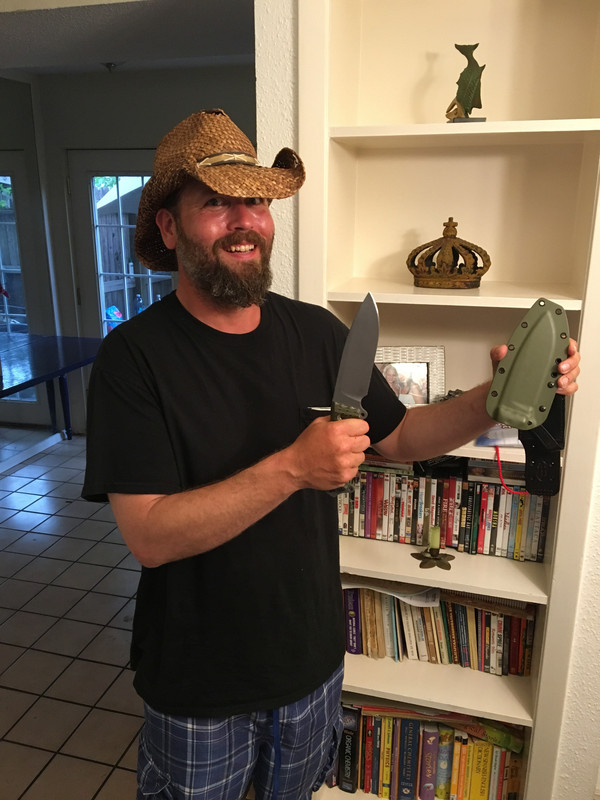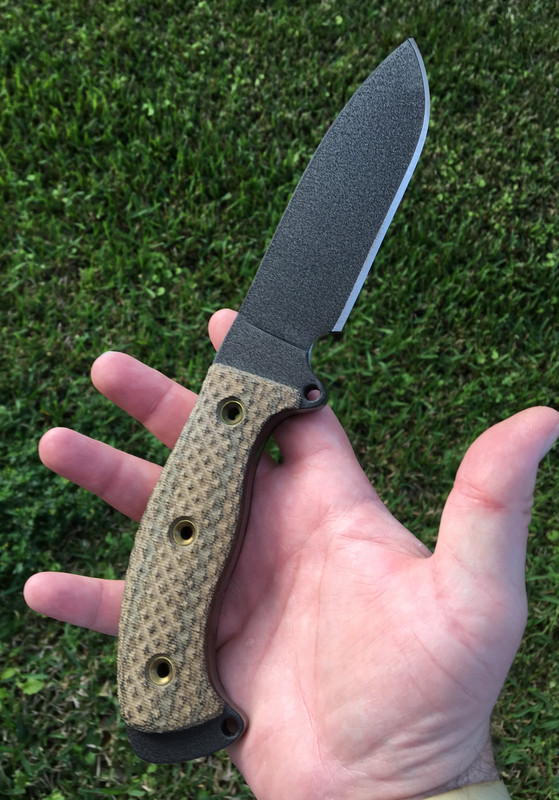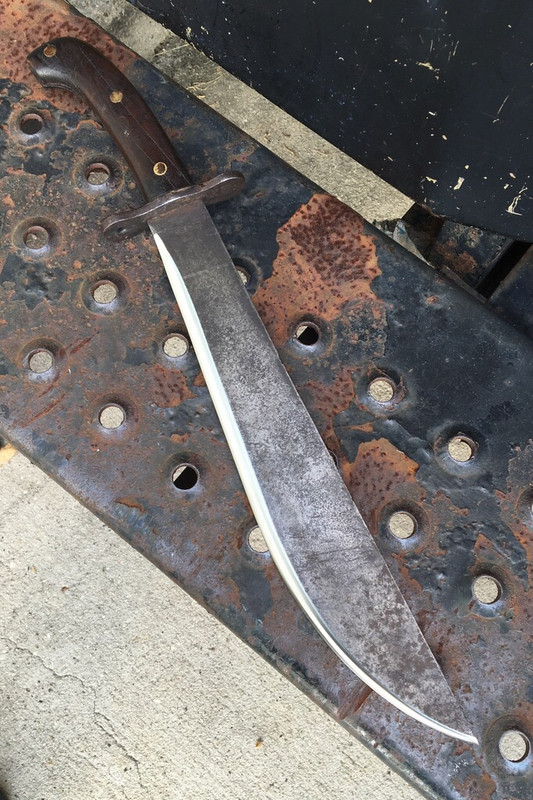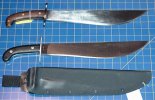I do. I've also been known to carry a bow saw out into the boonies, along with the axe.
I was taught at a young age to use the right tool for the job.
IMHO knives are for cutting stuff.
None of the "old timers" (Nessmuk, Kepheart, et-al) used their knives for chopping or splitting their firewood.
I said in another post that I wouldn't want to use a wood-chopping knife to build a log cabin. I'd much prefer an axe for that and much prefer a chainsaw to an axe. As much as I like big chopping knives they are obviously not always the best tool for every cutting and chopping task. Also, for me there are other factors to consider besides just chopping, such as portability.
I wrote in other posts that I carry a large knife in the wilderness for 3 reasons: 1. They are lighter and less bulky to carry than a hatchet or axe 2. They can be used for multiple purposes, especially with a finger choil. I don't have to carry several different tools or knives to do what just one knife can do (although maybe not always as well) 3. If I only had one tool in an emergency or survival situation I'd want a big knife
Also, although a knife is a poor choice for a self-defense weapon, there is something comforting about having a big knife in the wilderness.
Maybe you are not familiar with the qualities and performance of modern, higher-end chopping knives, but I've read many posts over the years from people who actually prefer them more than a hatchet or axe. To each their own, though, and I respect you for carrying tools in the wilderness that work best for you, even though they are heavy and bulky.
Last edited:








